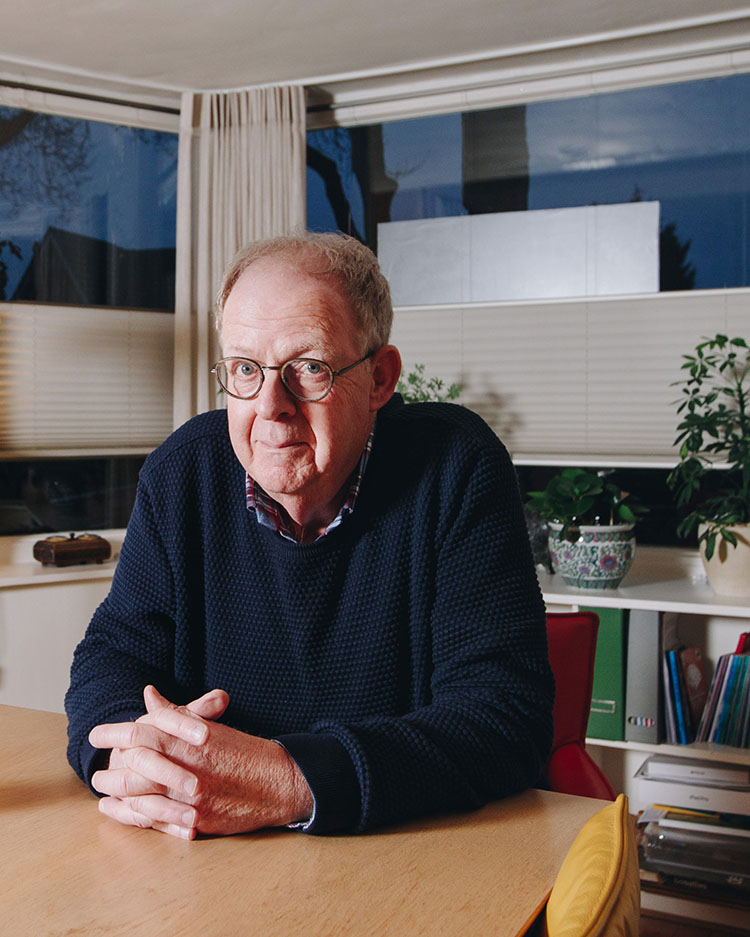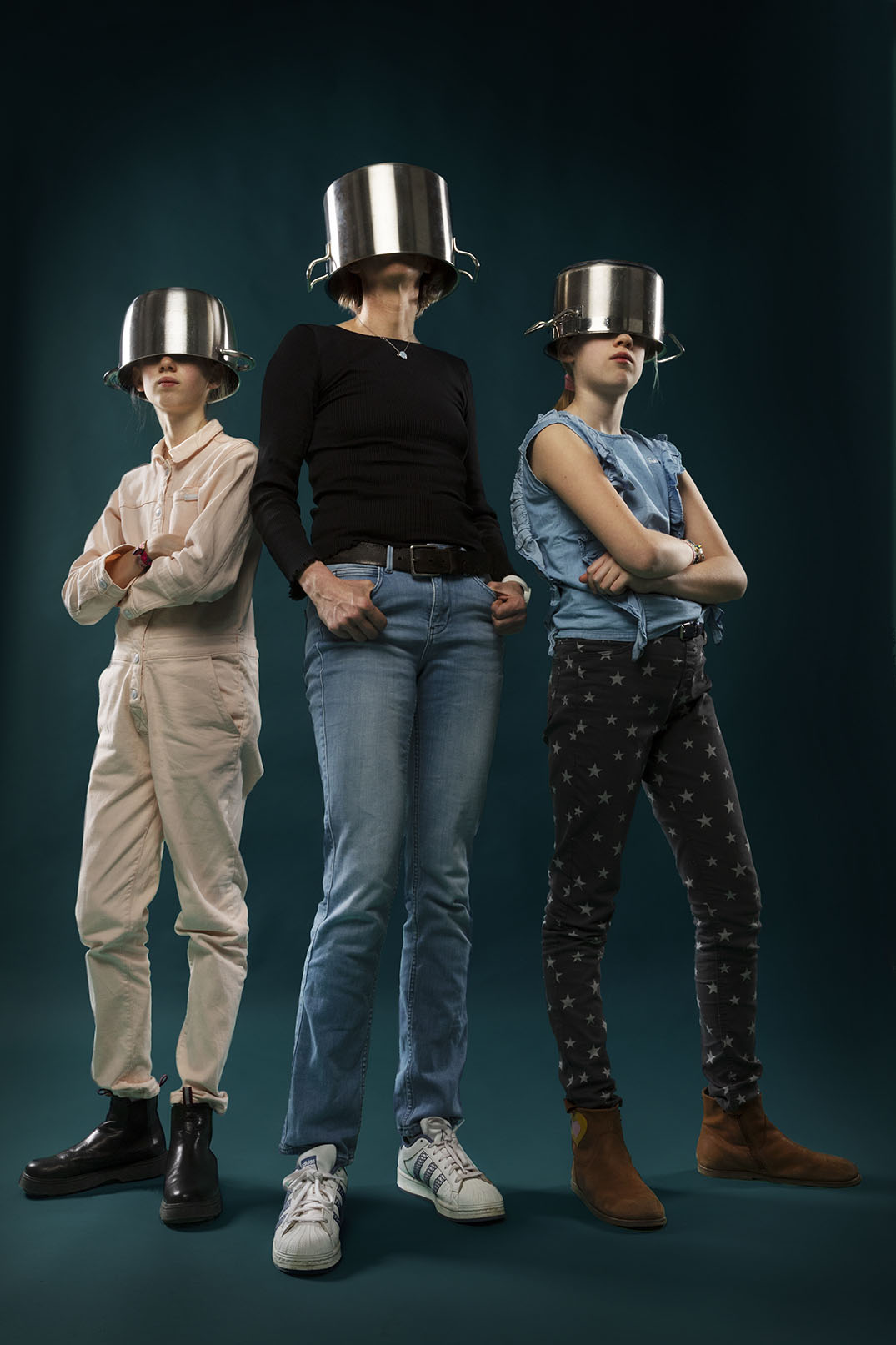Life in the museum
In August 2020—the year of the coronavirus—Vivian van Saaze, associate professor at FASoS, moved with her husband and daughter to London for a fellowship at the renowned Tate museum. There she faced the challenge of doing field research in a museum virtually empty of staff and visitors. “I had to think carefully about how to adapt my research methods to the situation.”
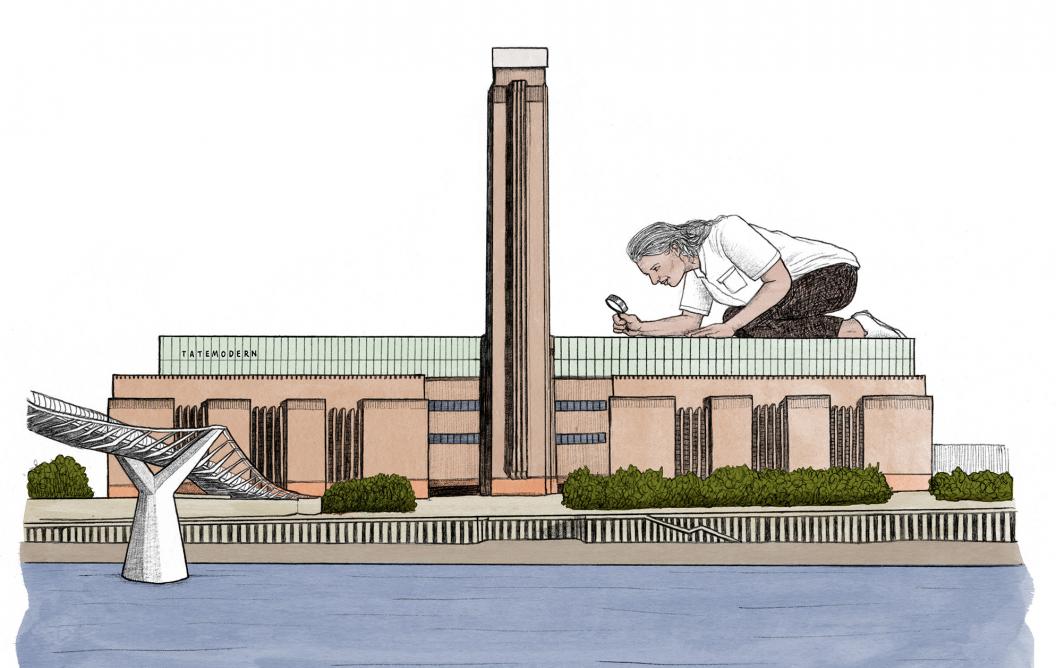
The fellowship was part of the research project ‘Reshaping the Collectible: When Artworks Live in the Museum’, an initiative of Professor Pip Laurenson, head of Tate Collection Care Research and endowed professor at Maastricht University. “What’s special about Tate is that it has a strong research department that works closely with the museums’ other departments,” Van Saaze says. “Museum practice is viewed as a form of research: practice as research. That’s very different to the more typical art-historical research on collections. During my fellowship I examined this new research model. What are the assumptions and expectations, and how can academic methods contribute to its further development? Usually when I study museum practice, I take an ethnographic approach, observing people in their daily work. Now everything had to be done through Zoom and we could only talk about their activities and approach. I missed those hallway chats, but I was able to attend all the gatherings and meetings online.”
Changeable
“One of the aims of this three-year project is to reveal to the public the ‘life’ of artworks in the museum,” Van Saaze continues. “Museums are designed to preserve objects in their physical form and protect them from change. As a result, artworks are usually presented as stable and unchanging. But contemporary art—performance art, activist art, net art, digital art—challenges this understanding of objects as static. Changeability is inherent to artworks like these. We’re investigating how the museum can adapt to this type of work and what changes it necessitates. What’s special about this research project is that it was initiated by conservation, but because it involves case studies, there’s intensive collaboration with all departments: the curators, collection management, registrars, education, communication and archiving. Employees from different departments have been released to participate in the research and to initiate change processes from within. Not surprisingly, this isn’t always easy in an institution as large as Tate.”
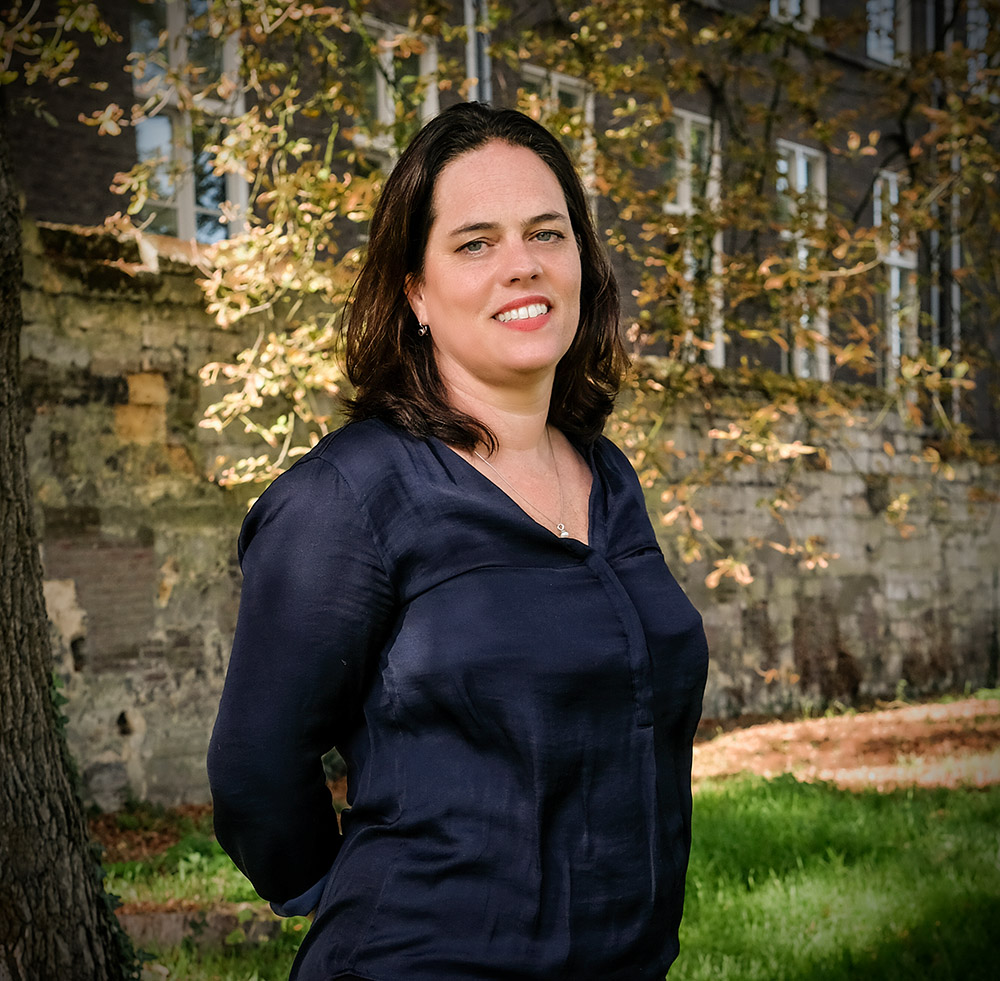
Vivian van Saaze is an associate professor at the Faculty of Arts and Social Sciences. She is programme director of the English-language master’s in Arts and Heritage: Policy, Management and Education and the Dutch-language master’s Kunst, Cultuur en Erfgoed. She is also director of the Maastricht Centre for Arts and Culture, Conservation and Heritage (MACCH). The fellowship at Tate was funded by the Andrew W. Mellon Foundation.
Also read
-
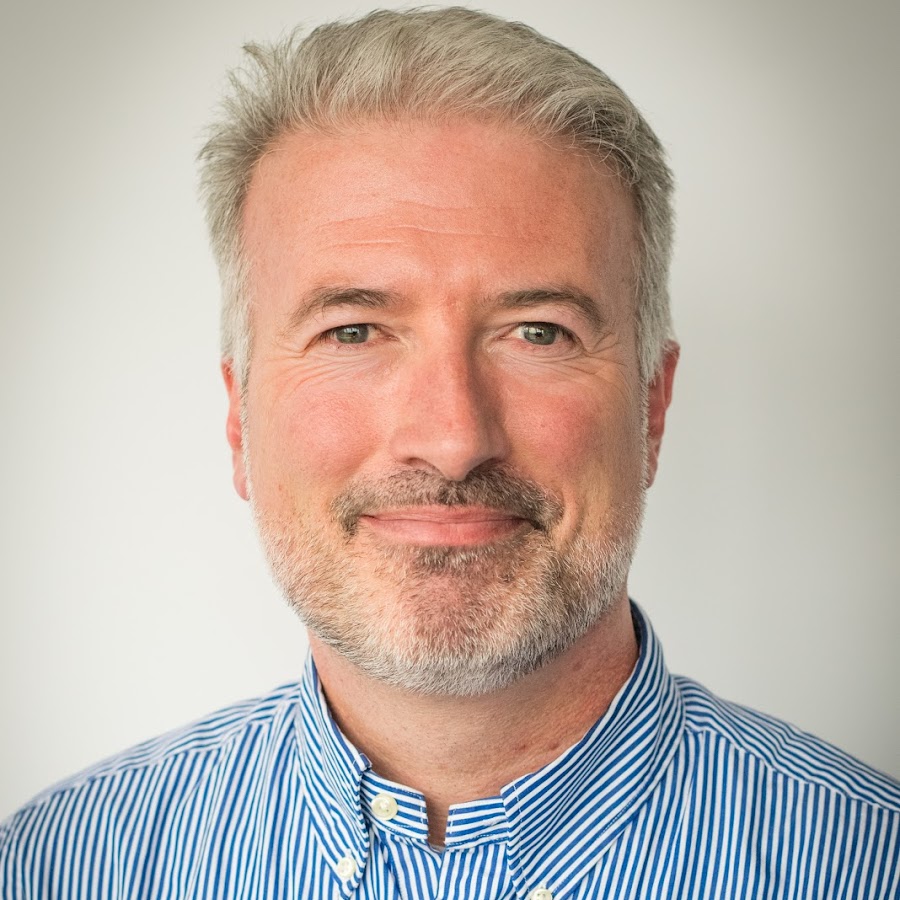
Frederik Claasen, the head of policy at our partner organisation Solidaridad Network on the opportunities and obstacles facing smallholder farmers in their data ecosystems.
-
Frans Verhey, professor of Geriatric Psychiatry and Neuropsychiatry is proud of what the Limburg Alzheimer’s Centre has achieved and of its team, which works tirelessly to improve the quality of life of people with Alzheimer’s. “Alzheimer’s tends to be seen as a horrible, deadly brain disease that...
-
Anne Roefs was awarded a Vici grant of €1.5 million. The professor of Psychology and Neuroscience of Abnormal Eating, was tossing up between a career as a scientist or a top chef.
- in Featured
- in Human interest
- in Researchers
- in Students
